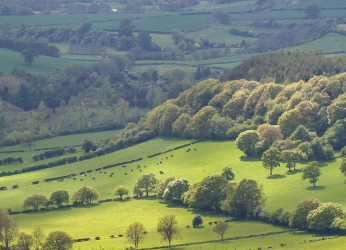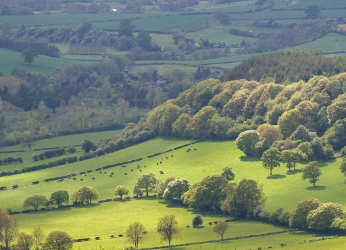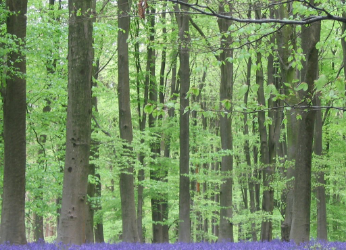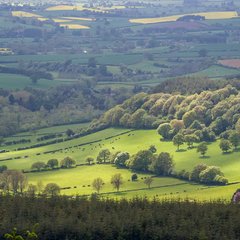News
Read the latest news and features from Forest Research, and subscribe to our mailing list for updates directly to your inbox.
Read the latest news and features from Forest Research, and subscribe to our mailing list for updates directly to your inbox.

Expert Committee on Forest Science Welcomes New Member Professor Darren Evans

Earlier this month UK Research and Innovation (UKRI) announced the successful Treescapes research bids. Forest Research has secured participation in three of the funded projects.
A research project has been launched to help tackle the biodiversity crisis by identifying how the UK’s most precious woodland and meadow habitats can be successfully restored by looking at how all the different plants, animals and other organisms in ecosystems work together.
Forest Research reports a record number of tree pest and disease enquiries.


New research reveals the impacts of forest management for timber production on the carbon sequestration of a Sitka spruce forest and shows the impact of the 2018 drought.

Newly published report collates the findings of research investigating how people visited nature and their experiences of it during the Covid-19 restrictions of 2020.
Recently published research in the Journal of Fungi reveals the destructive tree pathogen Phytophthora ramorum originates from the laurisilva forests of East Asia.
The FUTURE OAK project, comprising scientists at Bangor University, Aberystwyth University, Forest Research and Sylva Foundation, will study how oak microbiomes are affected by environmental change and disease.

Subscribe to our mailing list to have the latest news, research and publications sent directly to your inbox.
